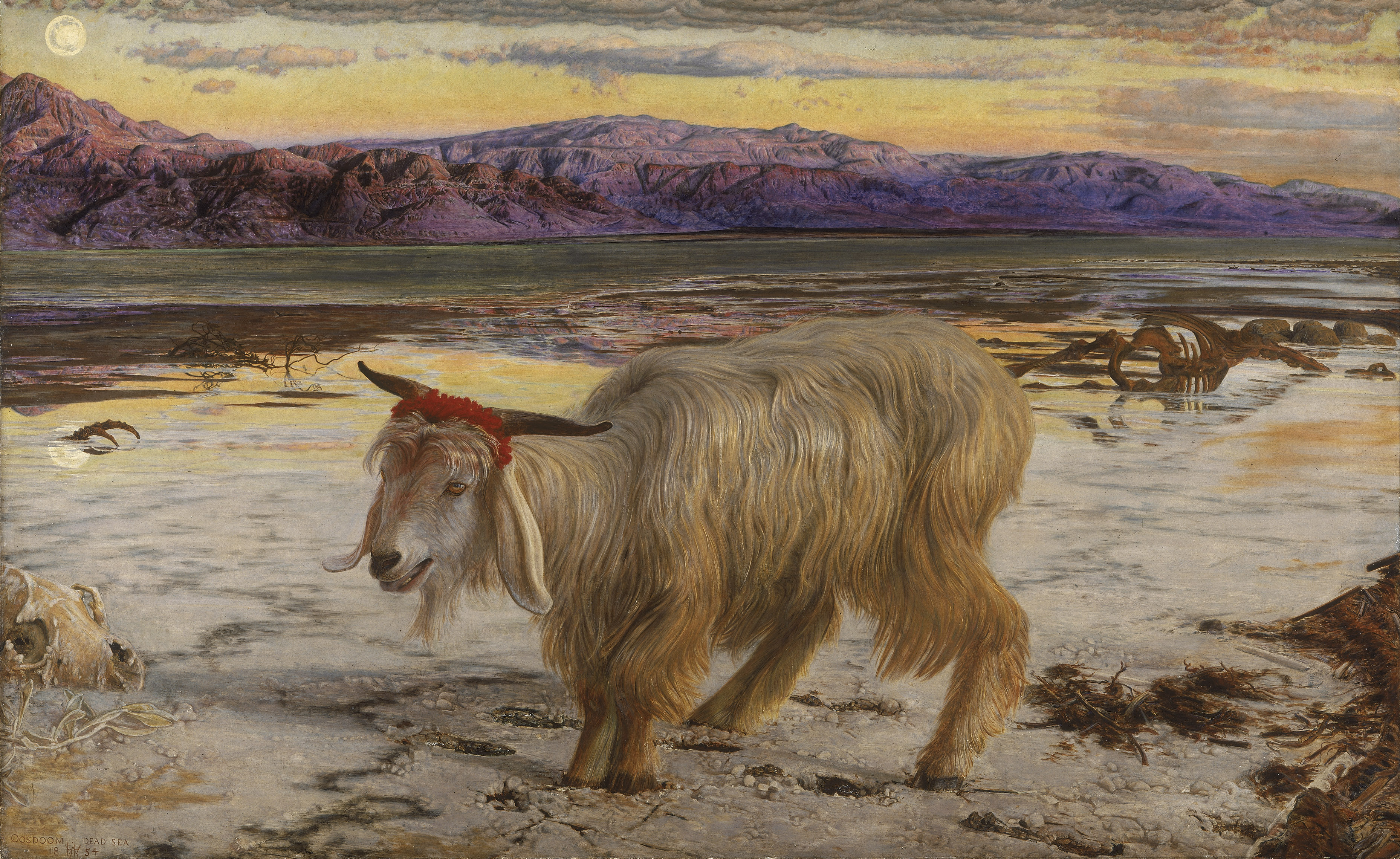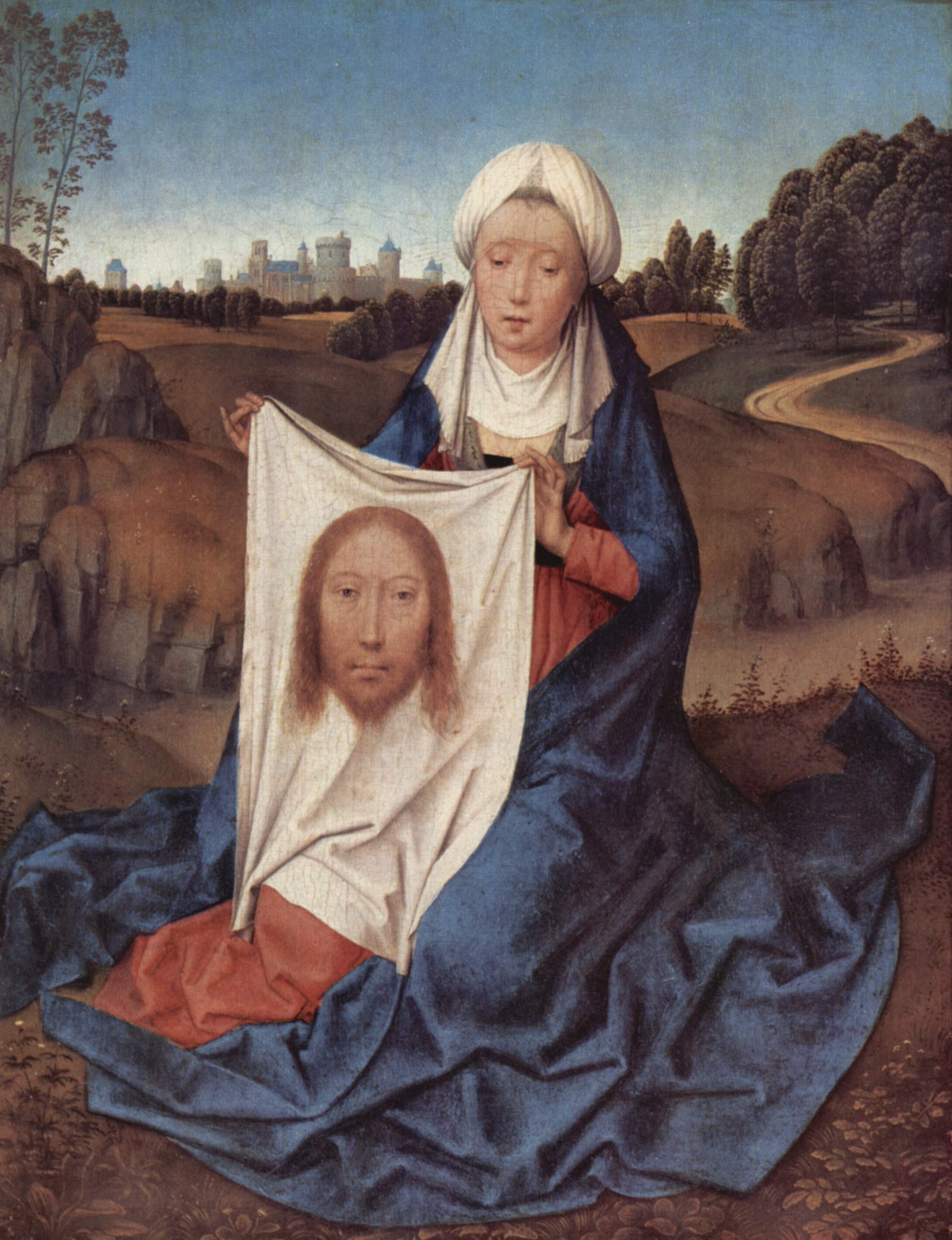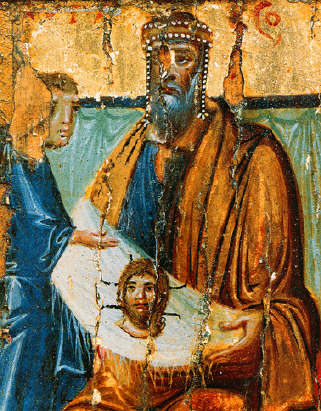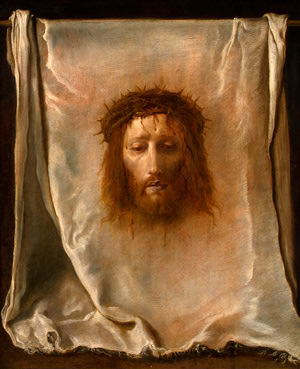 |
| Spring plein air painting of an upstate farm, by little ol’ me. |
On this last day of February, when it’s 2° F. and blowing, it’s good to recollect that spring is just a moment away. Officially, it starts in twenty days. Unofficially, here in Rochester the snow pack should be melted by the end of March, and no matter how daft Mother Nature is, we will not see any snow showers after the first week of May.
Just how cold has this winter been? The coldest since the 1970s, according to meteorologists.
| Plein air painting of Jamie Grossman’s waterfall, by little ol’ me. |
Those same meteorologists warn that the warm-up is going to be very, very slow. Makes sense, considering the Great Lakes are a frozen block of ice (except ours, which is very stingy with its freezing). Nevertheless, in a few weeks the bravest of us plein airpainters will be outside again, stomping our heavy boots against the hard ground, and recording the first breath of spring—the clear, china-blue skies, the rising color in the twigs, the freshets of water everywhere.
 |
| Plein air painting of Sea Breeze Amusement park, by little ol’ me. |
Which means it’s time to check your brushes, order fresh paint, clean out the pochade box, repack your backpack—in short, do all those tasks you meant to do last autumn but didn’t get around to.
Let me know if you’re interested in painting with me in Maine in 2014 or Rochester at any time. Click here for more information on my Maine workshops!


.jpg)










.jpg/409px-Piss_Christ_by_Serrano_Andres_(1987).jpg)